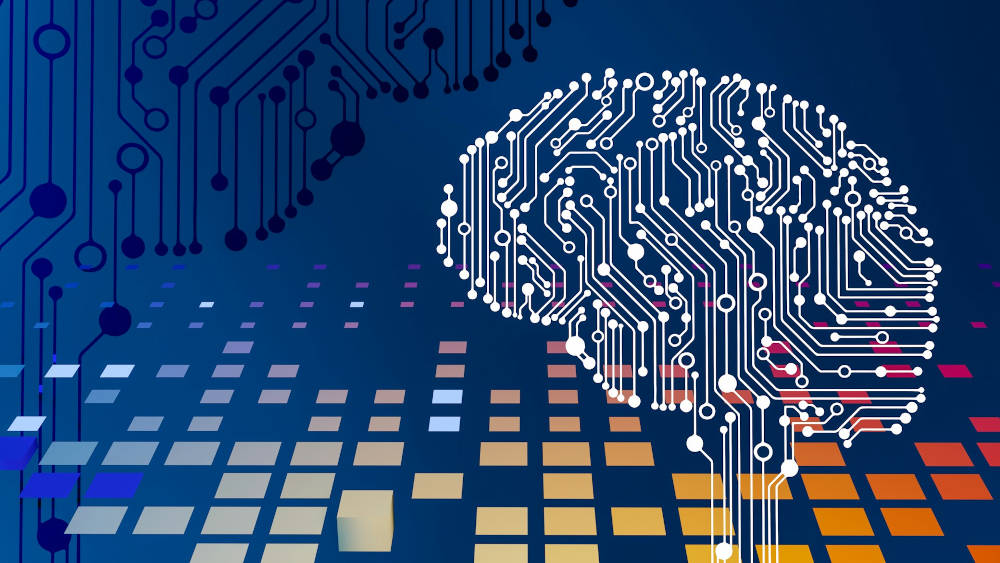[From Unsplash]
Once upon a time, there was no language. Someone started humming and language was born. Once upon a time there was no fire. Some humans rubbed stones together and fire was born. Once upon a time, there was no property. A human drew a line on the ground and said that the land on his side of the line was his. This is how property was born.
Intelligence is born out of nothing. Language, fire, property were all ideas born in the human mind without any previously known information or rules or tools. We think that Artificial Intelligence is born from huge data sets, rules set by scientists, and Large Language Models (LLMs). The Americans built ChatGPT. The Chinese built DeepSeek and the search for LLMs began in many Asian countries. This is true today, but it is not going to be true for long.
Google has created AutoML-Zero, which is in a different league from ChatGPT and DeepSeek. It does not require LLMs. It can create its own rules merely by experimenting with ideas. Unlike LLMs which build on known maths, AutoML-Zero does not need prior knowledge of maths. It creates algorithms from scratch through trial and error, without human intervention. So far it has some limitations. It is not capable of writing original theorems like the great mathematician Ramanujan. But this is the dawn of a new kind of intelligence that does not exist in history, nature, or knowledge.
Imagine a child whom you do not teach any maths. You just throw some blocks in front of her and maybe demonstrate one or two additions of blocks by moving them around. You leave the room. By the time, you come back, the child has created the rules of maths. This is AutoML-Zero, except that it has an intelligence level millions of times that of a child. It can compress all the ways of thinking that humans have acquired in a few hours.
A few months ago, I facilitated a conversation between Nobel Laureate Geoffrey Hinton, who is often called the Godfather of AI and is Professor Emeritus, Computer Science, University of Toronto, and a board member of the Nobel Foundation. Hinton was keen that the Nobel Foundation should create a sixth Nobel Prize dedicated to AI. He had no personal interest since he had won his Nobel prize last December. But he knew that ‘artificial neural networks’ on which he worked were just the beginning. The real AI race is to create new mathematical theorems and molecules that do not exist in nature. Most AI today works within the boundaries set by human designers. AutoML-Zero challenges that boundary, potentially creating new ways of learning that humans have never conceived.
Then there is Devin, an engineer created by Cognition AI. It can handle complex tasks. It can write very difficult software code. It is not yet among the top coders. But it can write end-to-end coding for complex tasks in a few minutes for which the top coders need months. It has shown that it can refine or automate ChatGPT and similar tools. It can create images with secret messages without any of the training data that LLMs need.
The journey of AI is now set in the direction of new scientific discoveries. Take, for example, Insilico Medicine and BenevolentAI. These companies use AI to design novel drug molecules from scratch — not just to identify them. In 2020, Insilico developed a potential fibrosis treatment in under 46 days. Such a task traditionally took years. These systems simulate how drugs interact with human biology, making lab testing faster and cheaper.
AI models developed by Toyota Research and Stanford have discovered new solid-state electrolyte materials for lithium batteries required for longer-lasting electric vehicles. Instead of testing thousands of compounds in labs, AI helped narrow the field to a few hundred viable candidates.
Scientists expect that the next big thing will be in fusion energy. There are already experiments being made by laboratories in the United States. Others point out that AI that designs AI is the next step. The ‘AI 2027’ report forecasting where the technology is going has caused a stir in Big Tech circles, though it has been predictably ignored in Asia, the Middle East, Africa, and Latin America. It emphasises that the next ChatGPT (M) version will be with memory. It will be out in a few months. It will be able to solve problems over a long period of time. For example, the Water Ministry of the country can ask ChatGPT (M) to compare data of the last three years in 100 districts and suggest strategies for reducing water stress by a certain percentage. ChatGPT (M) will be able to do it even if the ministry officials have changed in the 3-year period.
I have pointed out only early signs of how the Artificial Intelligence is evolving. We have not even considered the impact of quantum computing and neuromorphic computing. When these technologies are used in AI in the next 3-4 years, the future of intelligence will be beyond our imagination.
We urgently need to understand how smart AI systems can impact humanity. They may create a paradise by inventing solutions to disease, energy shortage, climate crisis, and other problems. They can also be misused by their creators, or they may outsmart their creators in deciding the future of the human race as they desire it. There are some examples of AI deceiving humans, for which scientific evidence is well documented. It is about time we give attention to the new developments in AI beyond tweaking LLMs, before the unknown happens.

